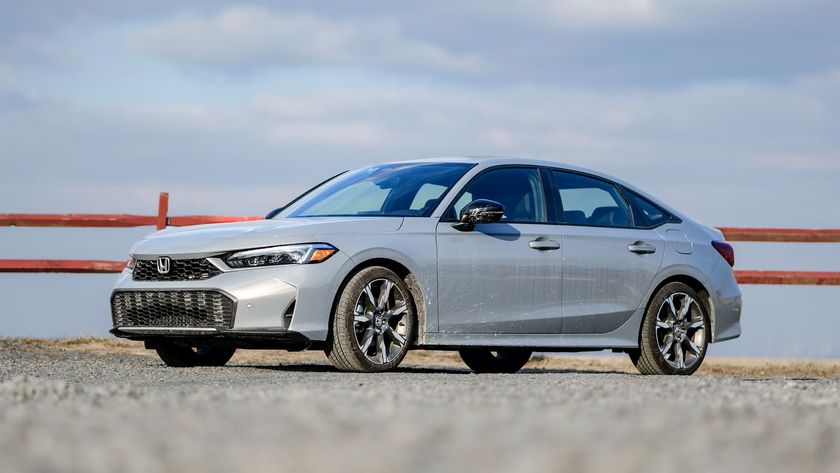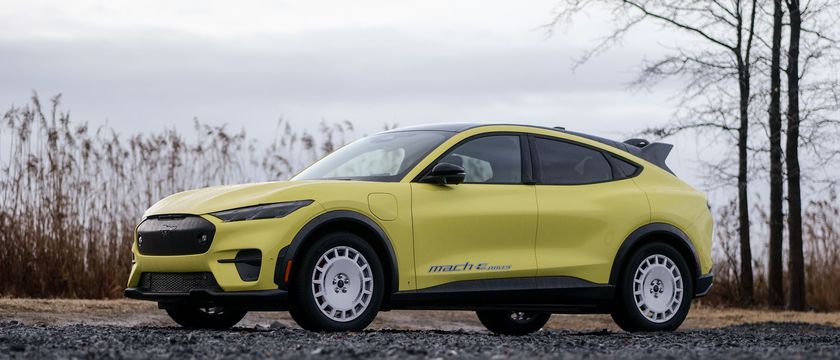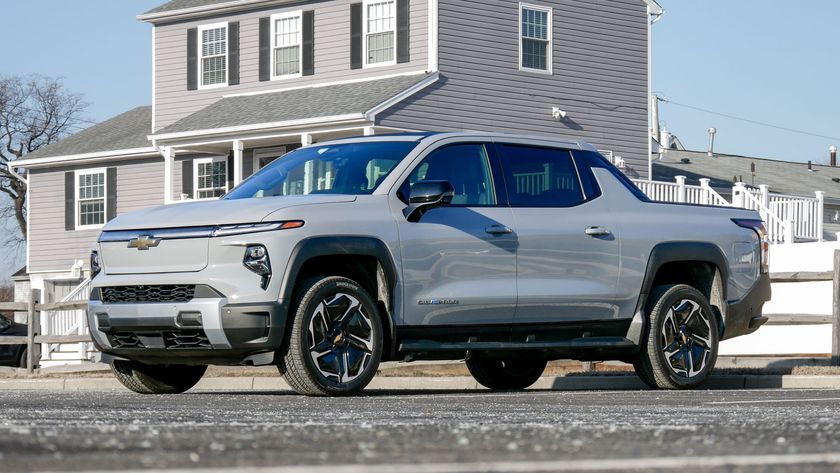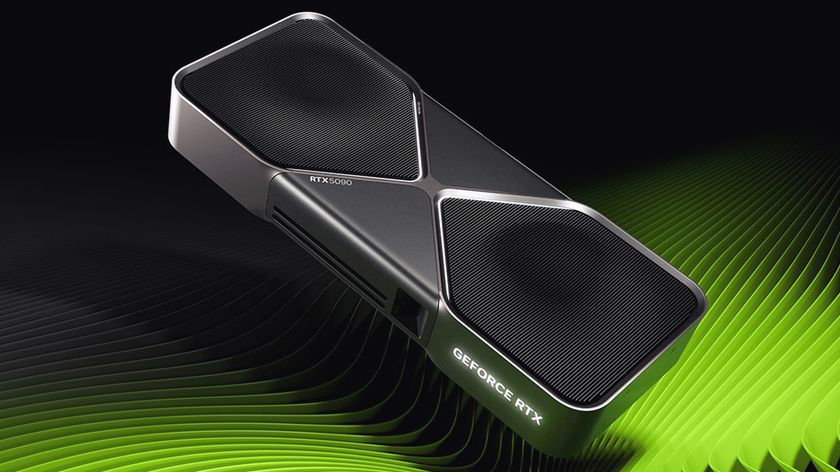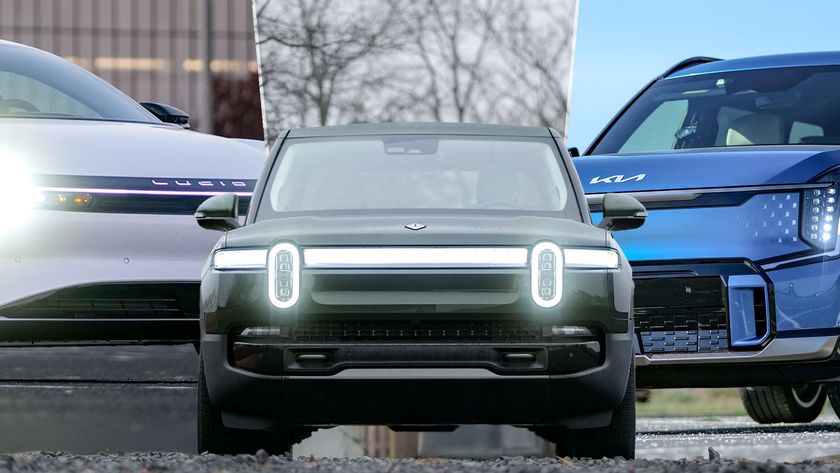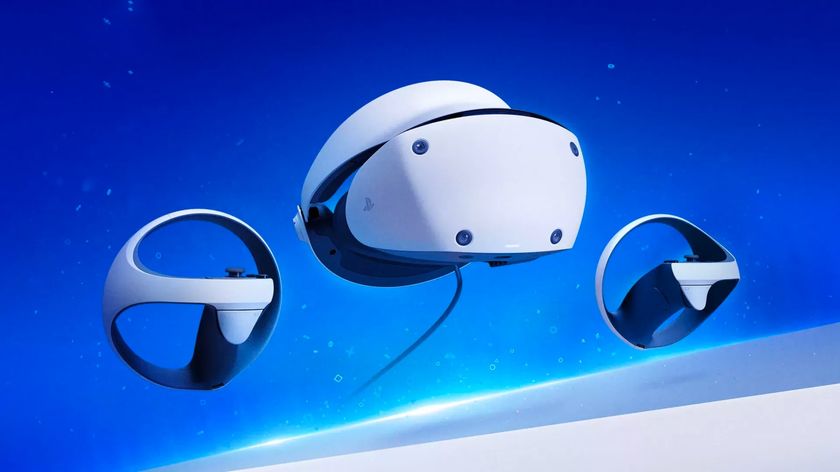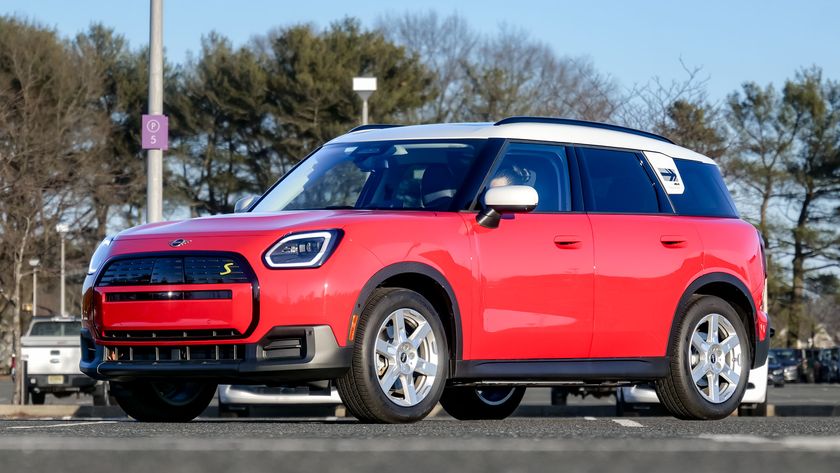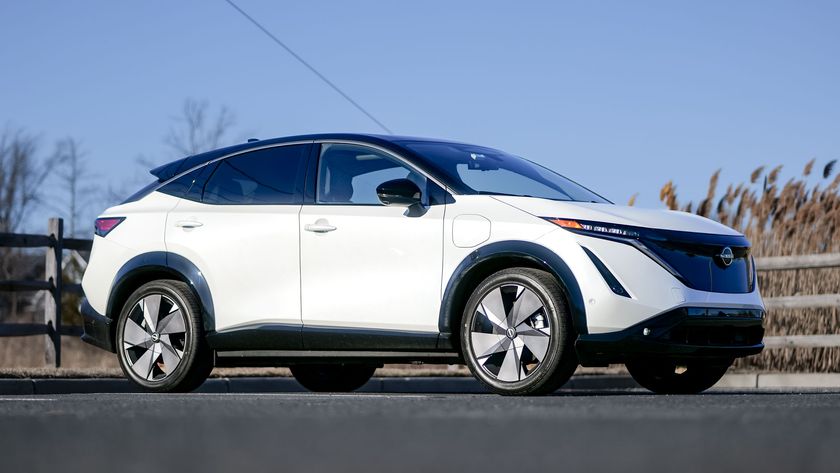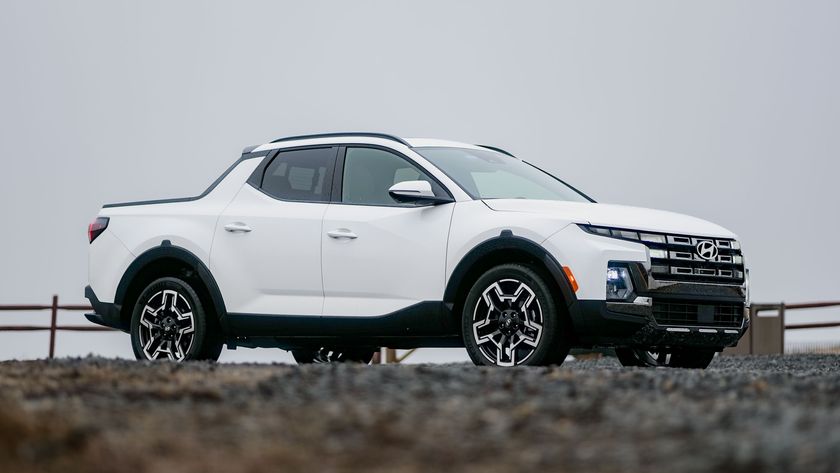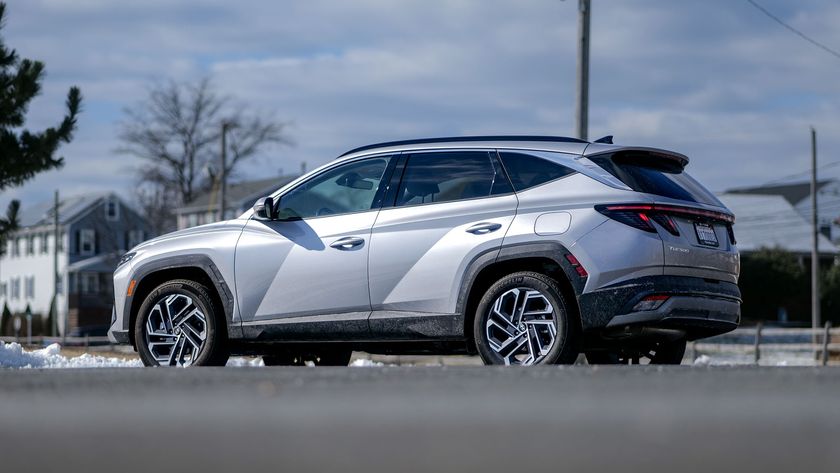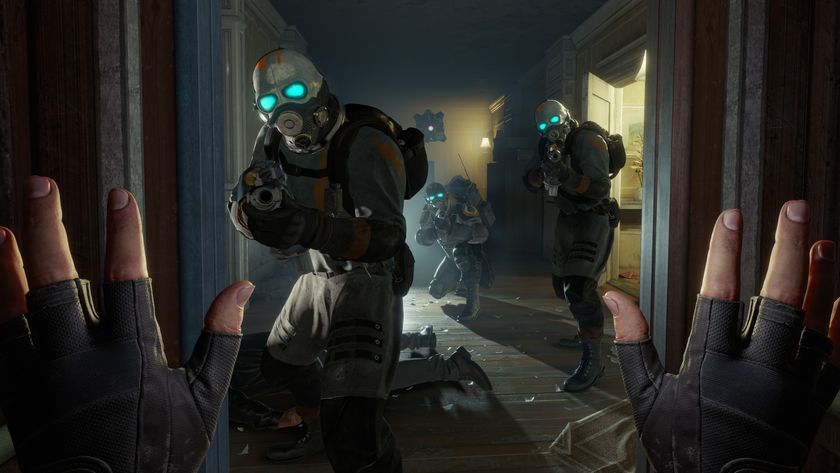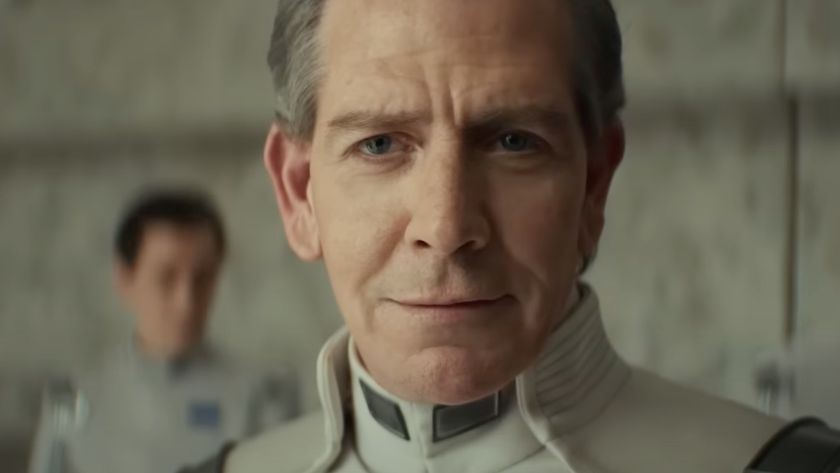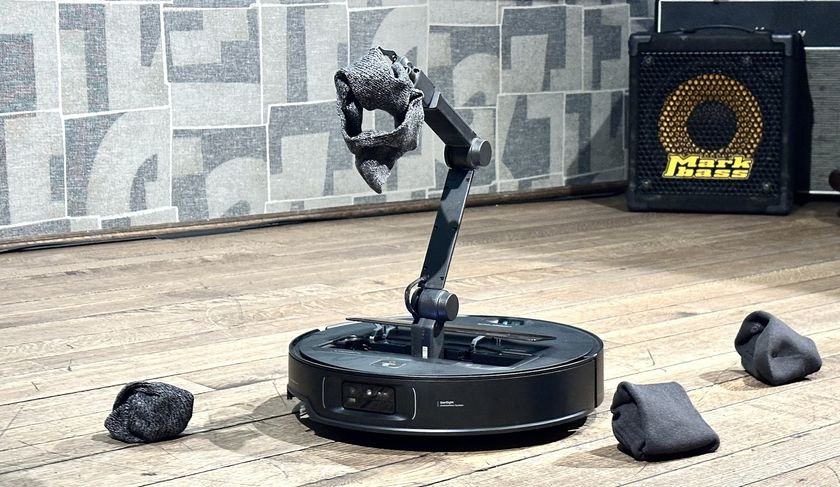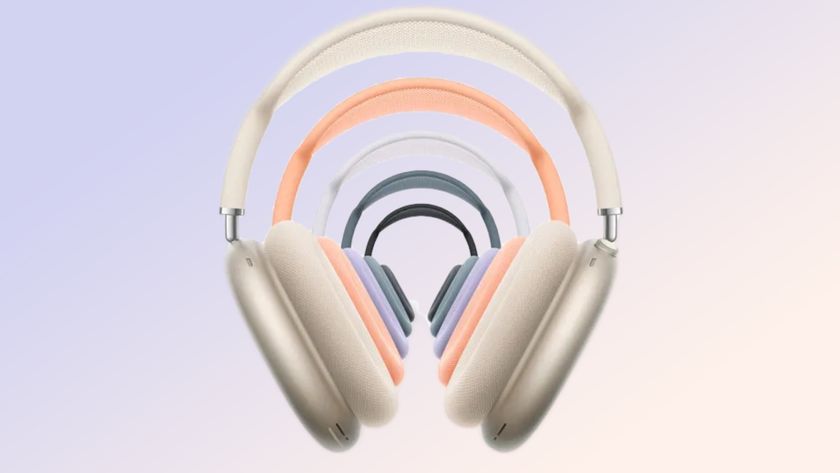Tesla just lowered the price of the ‘Full Self Driving’ hardware upgrade
Upgrading your older Tesla for FSD is now $500 cheaper
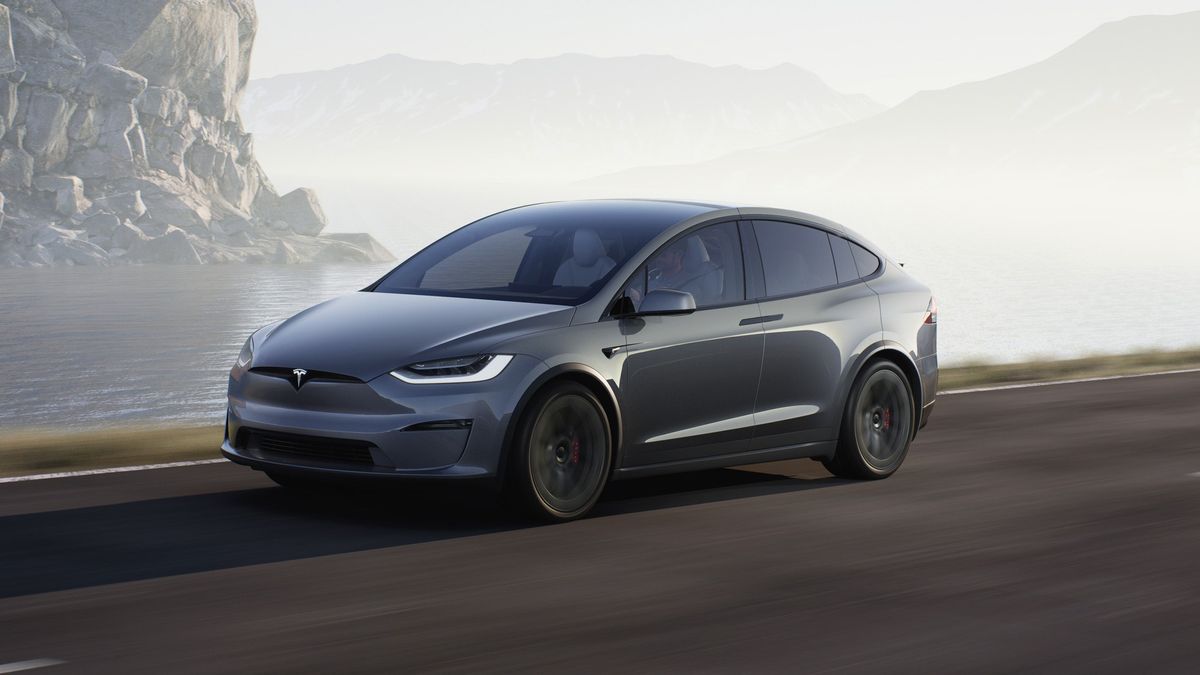
Tesla has reduced the price of the ‘Full Self Driving’ upgrade necessary for older Tesla models to use the new FSD subscription service. It’ll now cost $1,000, instead of $1,500.
This is likely in response to criticism from Tesla owners who were asked to pay for the upgrade. It used to be free, after all, and the Full Self Driving Autopilot won’t work without it.
- Here are the best electric cars you can buy right now
- Everything we know about the Tesla Roadster 2022
- Plus: Elon Musk says Tesla Superchargers will work with other cars soon
The main issue people had with Tesla charging for the hardware upgrade was the fact they were originally told all Teslas had the necessary hardware for Full Self Driving to work. What extra you had to pay for the Full Self Driving add-on was so you had access to the software that upgraded the Autopilot system.
Then Tesla discovered that the Full Self Driving Computer 2.0 and 2.5, which was installed in Tesla cars before 2019, wasn’t good enough to handle the autonomous features Tesla wanted. So it started using the FSD Computer 3.0 from 2019, while owners of older cars who bought the FSD add-on got a free upgrade.
Of course Tesla is operating its FSD subscription a little differently, because it’s a non-committal $199 a month subscription rather than a $10,000 lifetime purchase. So it’s asking drivers of older cars to pay for the upgrade themselves, despite the fact owners of those cars may have thought they already had the necessary FSD hardware already.
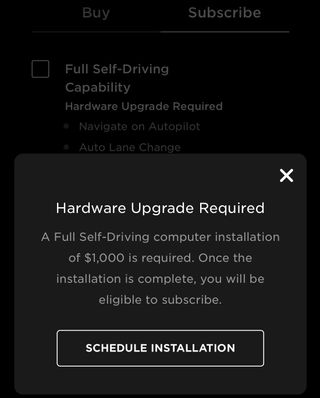
But the company appears to have heard that criticism, and the Tesla app is now showing a reduced price for the FSD hardware upgrade. According to Elektrek there are also reports that people who paid the full $1,500 in the past few days have been getting a $500 refund.
A price cut is the right idea for this situation, though it’s understandably not going to please everyone. After all, Tesla promised that cars bought between 2016 and 2019 would have the necessary hardware to take advantage of Full Self Driving as and when features became available.
Sign up to get the BEST of Tom's Guide direct to your inbox.
Get instant access to breaking news, the hottest reviews, great deals and helpful tips.
The company wasn’t able to keep that promise, and it’s reasonable for people to be annoyed at being asked to pay $1,000 to fix something that was entirely out of their hands. It’s understandable that they’d want the automaker to deliver what was originally promised.
Could this situation happen again?
I also wonder whether this situation may crop up again in future, especially since Tesla seems so keen on bringing in subscription revenue. After all, Tesla's "Full Self Driving" is not completely autonomous, and still requires an attentive driver to be ready to take over at any time.
In fact, Tesla has reportedly told California regulators that its system offers Level 2 autonomy, as defined by the Society of Automotive Engineering (SAE). "True" autonomy wouldn't be available until Level 4 or Level 5, and there’s still much development that needs to occur before we reach that level.
Tesla may well find itself in a similar situation in the future, where cars will need better and more powerful computer hardware before they can drive with more autonomy. It’s a clear downside to using terms like "Full Self Driving" when the cars themselves are not completely independent.
We do not know what the future holds, and what barriers automakers may come across when trying to make their vehicles completely autonomous. However Elon Musk has already admitted that autonomous driving is a lot harder than he realized, and it’s not too unreasonable to question whether current Tesla Autopilot hardware will be up to the task.
- Plus: Tesla Cybertruck vs Ford F-150 Lightning: Which electric truck is best?

Tom is the Tom's Guide's UK Phones Editor, tackling the latest smartphone news and vocally expressing his opinions about upcoming features or changes. It's long way from his days as editor of Gizmodo UK, when pretty much everything was on the table. He’s usually found trying to squeeze another giant Lego set onto the shelf, draining very large cups of coffee, or complaining about how terrible his Smart TV is.
